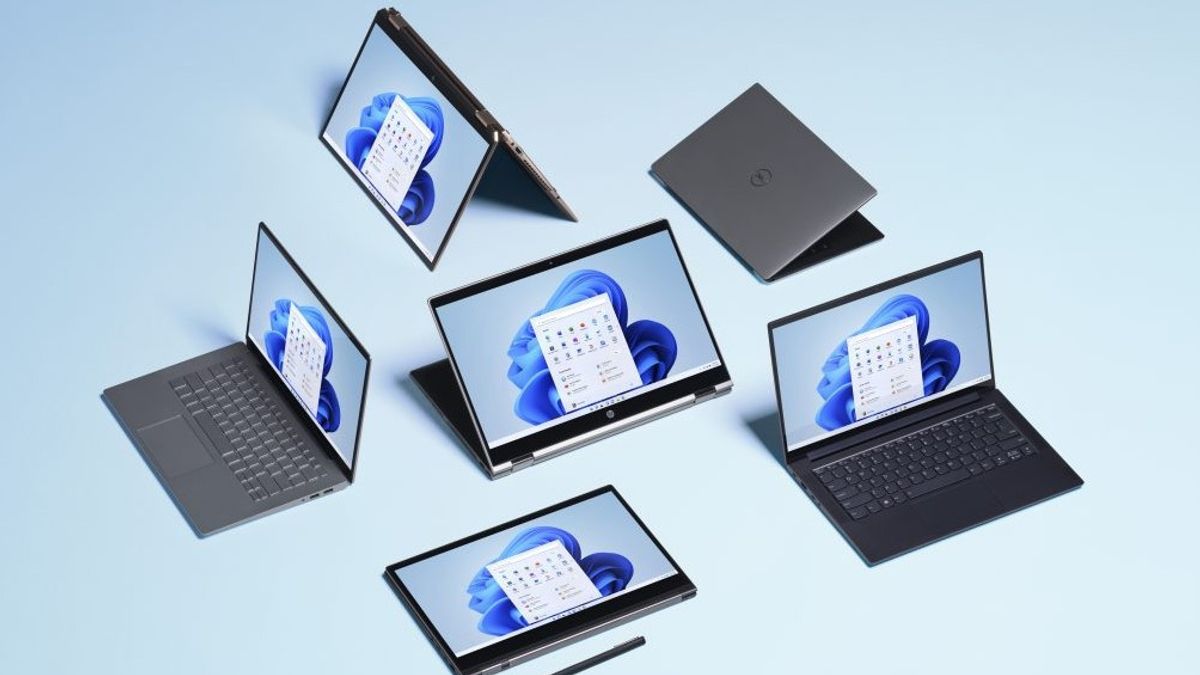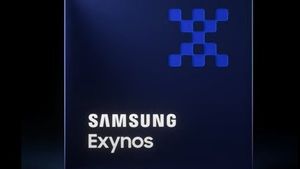Last Friday, Microsoft officially introduced its latest operating system (OS). Named Windows 11, this version is the successor to Windows 10 which was released in 2015.
Being a new version, of course, there are many updates that the company has invested. Starting from an increasingly compact display, adding productivity features, and much more.
Now, users have installed Windows 11 on their respective laptops or PCs. However, there are some prerequisites that must be met. Interested in upgrading the Windows version on your device? Check out the terms and how to install Windows 11, which VOI editorial team has summarized from the following sources.
Terms of Installing Windows 11
Head of Windows and Surface, Panos Panay, explained via the company's official blog that Windows 10 users can upgrade for free until 2022 later. Both users who install it on a laptop or PC can now update the operating system version.
"And starting next week, we'll be sharing early versions of Windows 11 in the Windows Insider Program – this is the community of Windows users whose feedback is so important to us", said Panay, Thursday, June 24.
Citing the official Windows website, this operating system for laptops and PCs can only be installed on devices that are supported by dual-core processors (CPUs) or more. The processor must also have a minimum processing speed of 1 GHz.
Another requirement to install Windows 11 is that it requires a minimum of 4GB of RAM and 64GB of internal storage capacity. Finally, and most importantly, devices that will install Windows 11 must have the Trusted Platform Module (TPM) version 2.0.
TPM version 2.0 is a chip-shaped module found in PC devices. The task of this module is to protect data stored on a laptop or PC using an encryption system.
Through this module, the device will be safer from theft. The reason is, the perpetrators of theft must break into the TPM system first before being able to access files and data stored on the laptop.
SEE ALSO:
Generally, laptops or PCs equipped with CPUs that are around three to five years old are equipped with TPM chips. It's just that, to be sure, you can press the shortcut key on the keyboard. Namely Windows key + R simultaneously.
Next, type the command 'tpm.sc' in the window that appears. Then finish by clicking the Ok button. After that, if you see a notification window that reads 'The TPM is ready for use', it means that the device you are using already has TPM and is ready to install Windows 11.
How to Install Windows 11
After you make sure that the device you are using already has TPM version 2.0, now is the time to install Windows 11. Before you do it, you could install a tool called PC Health Check first.
If so, run the application by pressing the Check Now button. Wait a few moments for the program to finish working. Next, an information box will appear on the screen that says "This PC can run Windows 11".
The English, Chinese, Japanese, Arabic, and French versions are automatically generated by the AI. So there may still be inaccuracies in translating, please always see Indonesian as our main language. (system supported by DigitalSiber.id)


















